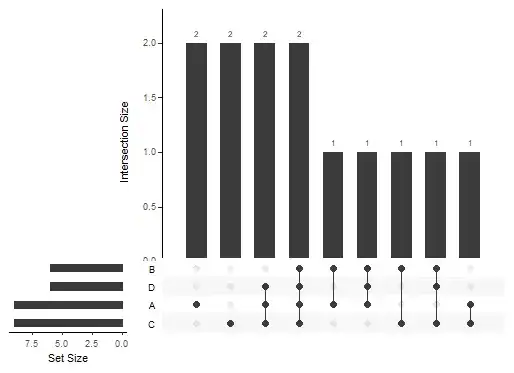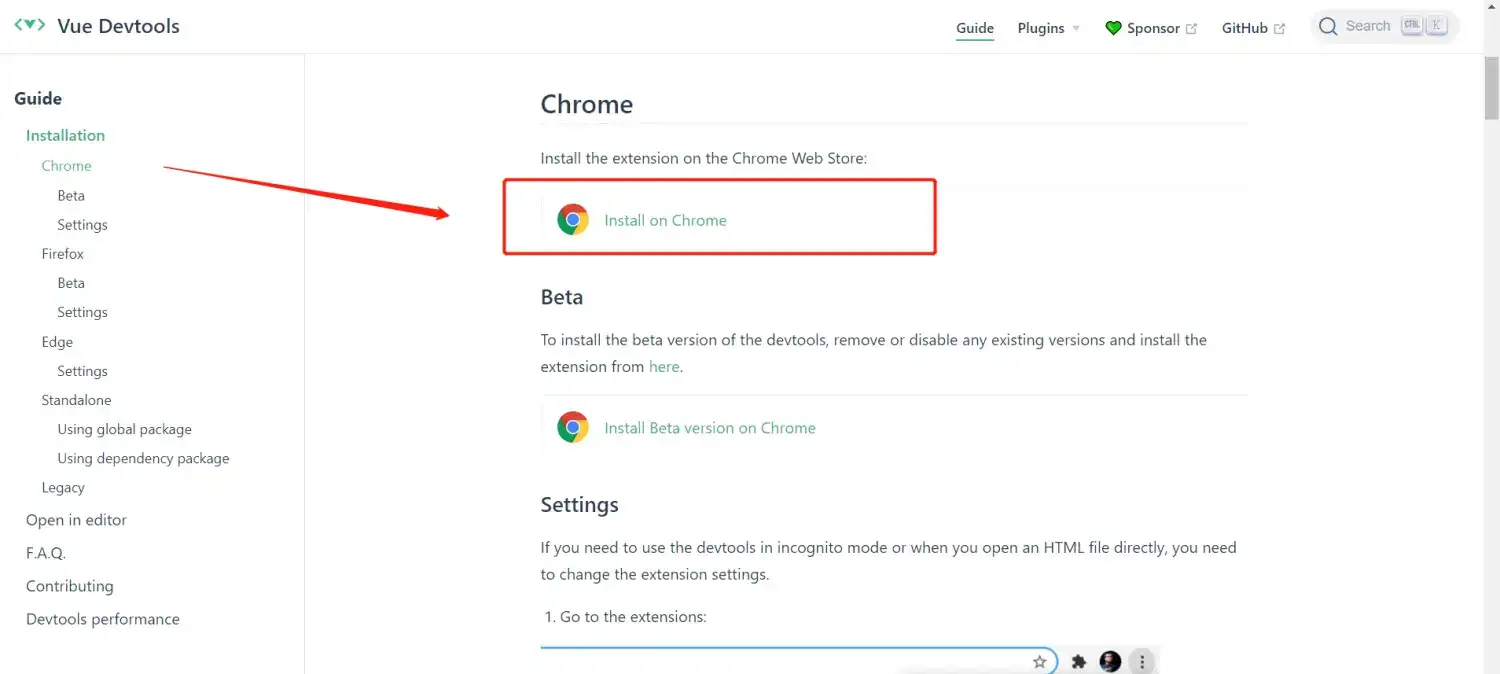解码内存泄漏的奥秘:初学者指南
2023-09-15 17:14:21
在计算机编程的领域中,内存泄漏是一个挥之不去的困扰,它悄无声息地潜伏在代码的深处,蚕食着系统的性能。对于初学者来说,理解内存泄漏至关重要,它可以帮助我们预防和解决这一恼人的问题。
什么是内存泄漏?
Contrary to the term's literal meaning, memory leaks in computer programming do not refer to a physical loss of memory. Instead, they occur when an application allocates memory but fails to release it properly due to design flaws or elusive bugs. This results in a waste of memory resources, leading to a gradual decline in the system's performance.
检测和解决内存泄漏
Identifying and addressing memory leaks requires a keen eye and a methodical approach. Debuggers, profiling tools, and memory leak detectors can be invaluable in pinpointing the source of the issue. Once identified, developers must carefully examine the code to eliminate any dangling pointers, improper deallocations, or other coding practices that may be causing the leak.
预防内存泄漏
An ounce of prevention is worth a pound of cure. To avoid the pitfalls of memory leaks, developers should adopt good programming practices such as using memory management tools, implementing proper resource cleanup mechanisms, and adhering to best practices for object creation and destruction. Regular code reviews and unit testing can also help identify potential issues early on.
The Impact of Memory Leaks
The consequences of memory leaks can range from minor performance hiccups to catastrophic system failures. In severe cases, unrestrained memory leaks can exhaust the system's resources, leading to application crashes, data loss, and even system instability.
Conclusion
Memory leaks, while a common challenge in programming, are not insurmountable. By understanding the concept, adopting preventative measures, and employing effective debugging techniques, developers can effectively combat this performance-draining issue. Embracing a proactive approach to memory management is essential for building robust and efficient applications that withstand the test of time.




